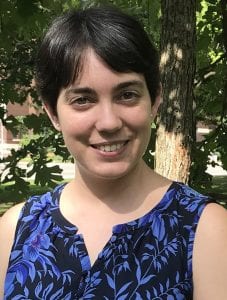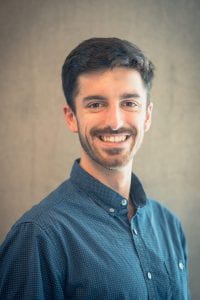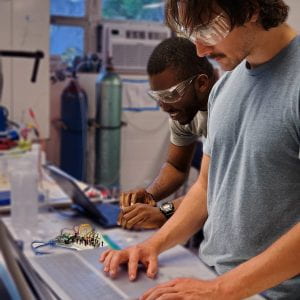 Department of Chemistry and Biochemistry
Department of Chemistry and Biochemistry
Physical Chemistry Seminar Series
Professor Julia Widom, University of Oregon
October 14th, 2024 —2:00pm
Tykeson 140
Title: Spectroscopic Studies of Nucleic Acid structure, Dynamics and Photophysics
RNA performs a diverse set of biological functions, many of which require it to fold into specific structures. Many techniques have been developed to study RNA folding, a number of which are based on fluorescence detection.
I will present work in which we used fluorescent analogues of the natural RNA bases to selectively probe the structures of different conformational subpopulations of RNA.
We investigated the photophysical properties of base analogues in different structural contexts using a combination of time-resolved fluorescence measurements and fluorescence-detected circular dichroism spectroscopy, which circumvents the ensemble averaging that typically limits the power of bulk spectroscopic methods such as CD.
Ensemble averaging can also be avoided by performing measurements on single molecules. I will present work in which we utilized single-molecule microscopy to investigate the ensemble of structures adopted by RNA
“switches”. These studies reveal how the 3D structure of RNA is impacted by intrinsic factors such as base sequence and extrinsic factors such as the
binding of small molecules.

 Teresa Rapp
Teresa Rapp
 Matthias Agne
Matthias Agne




 Dr. Romila Mascarenhas
Dr. Romila Mascarenhas  Dr. Paul Kempler
Dr. Paul Kempler UO Chemistry and Biochemistry faculty Darren Johnson is among 11 accomplished researchers selected to receive
UO Chemistry and Biochemistry faculty Darren Johnson is among 11 accomplished researchers selected to receive  In July, the
In July, the 
 Department of Chemistry and Biochemistry
Department of Chemistry and Biochemistry
